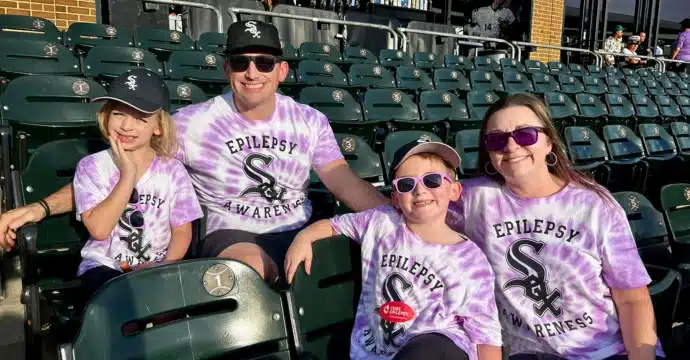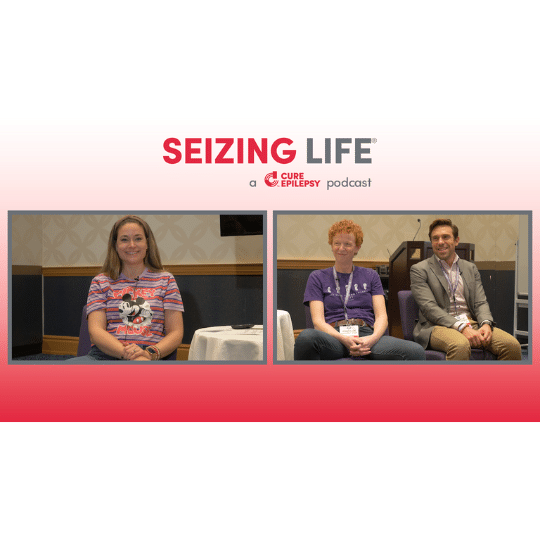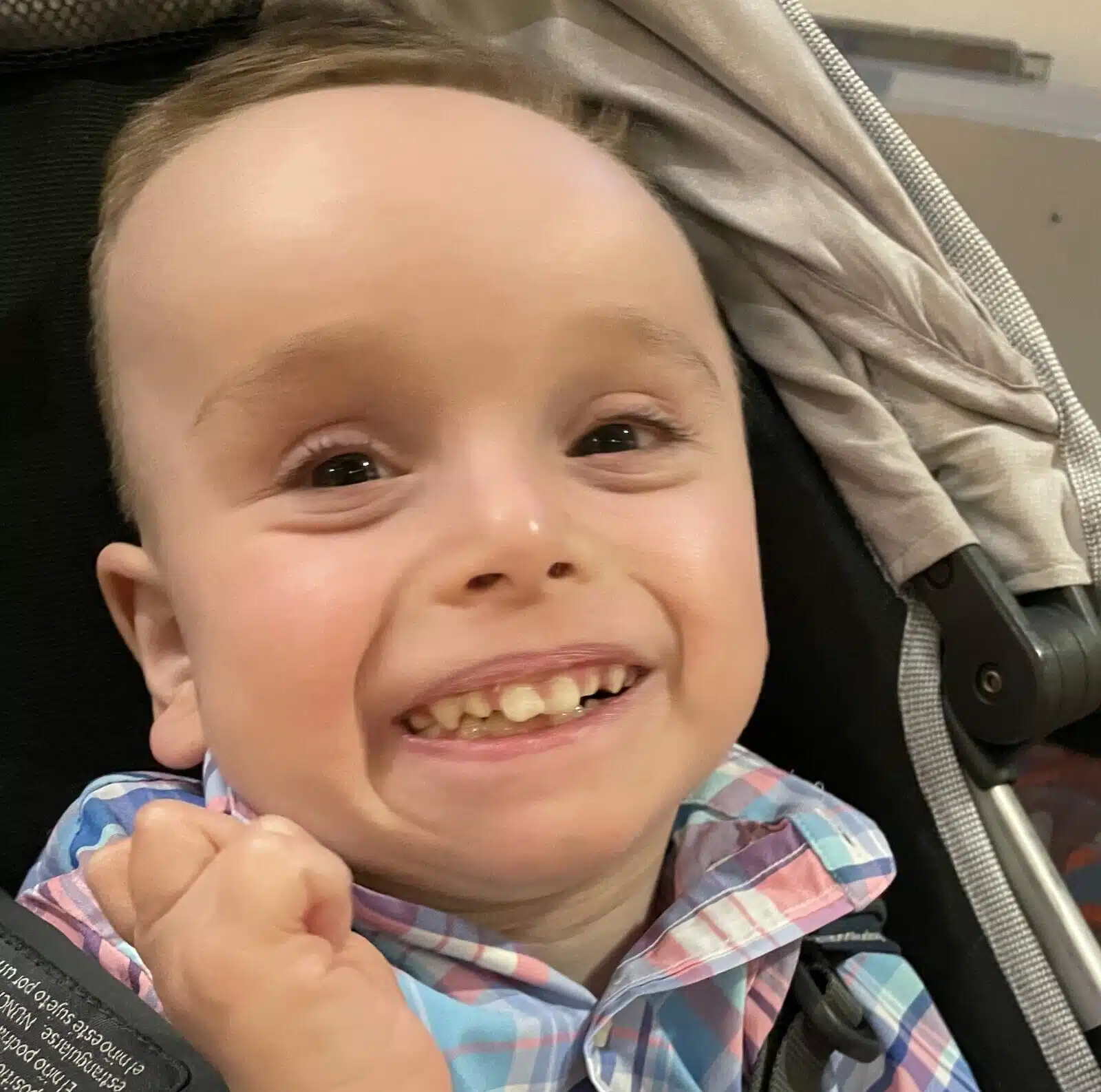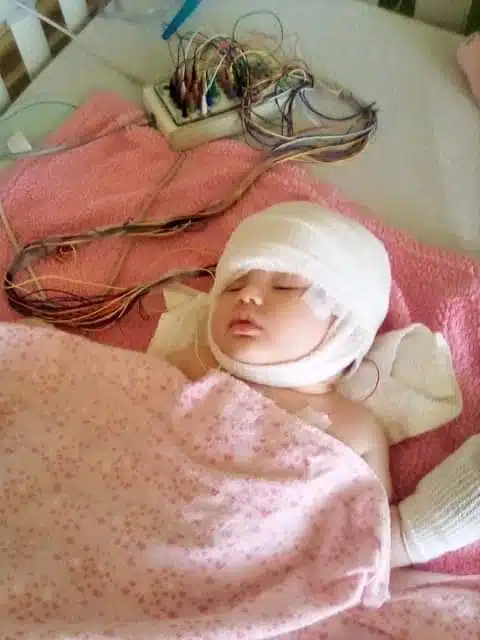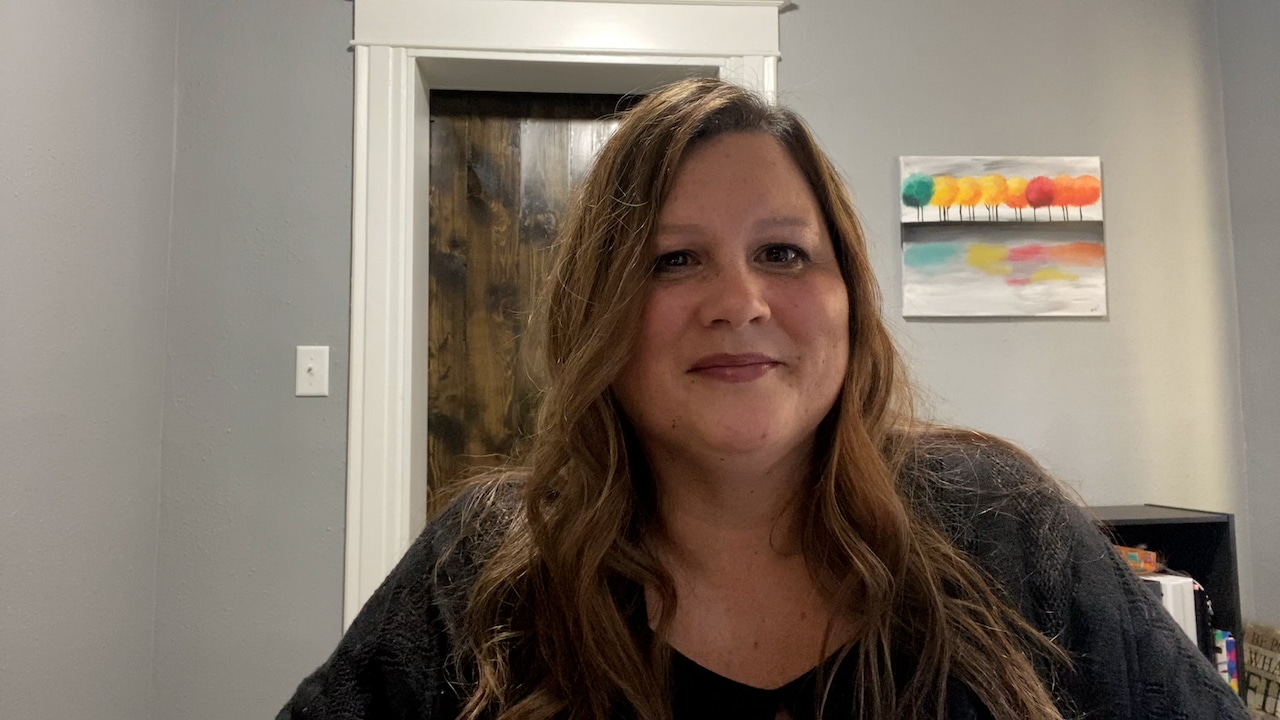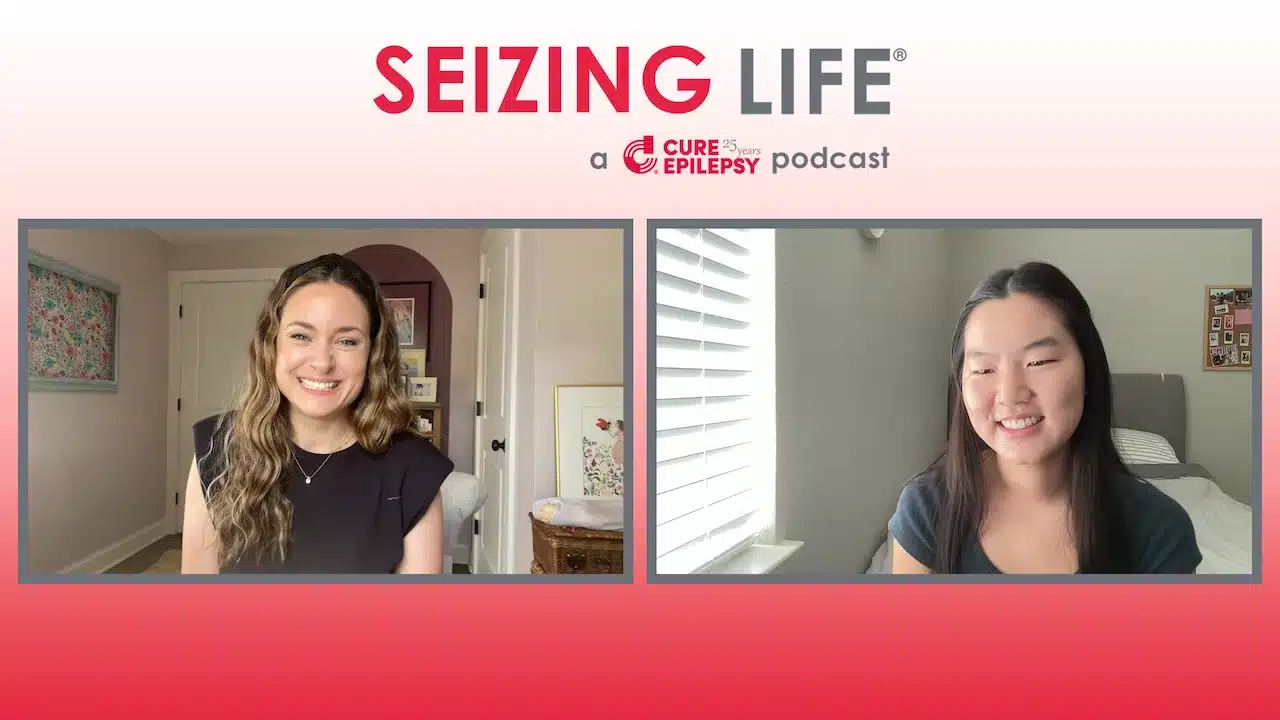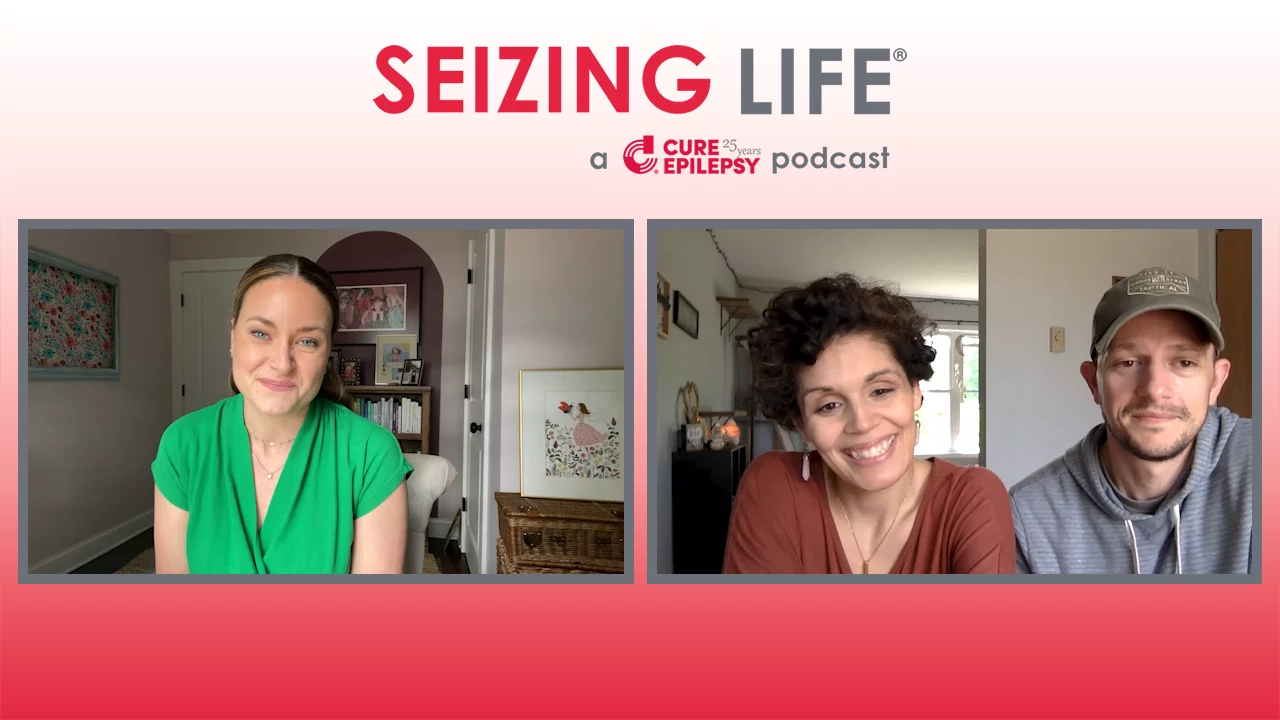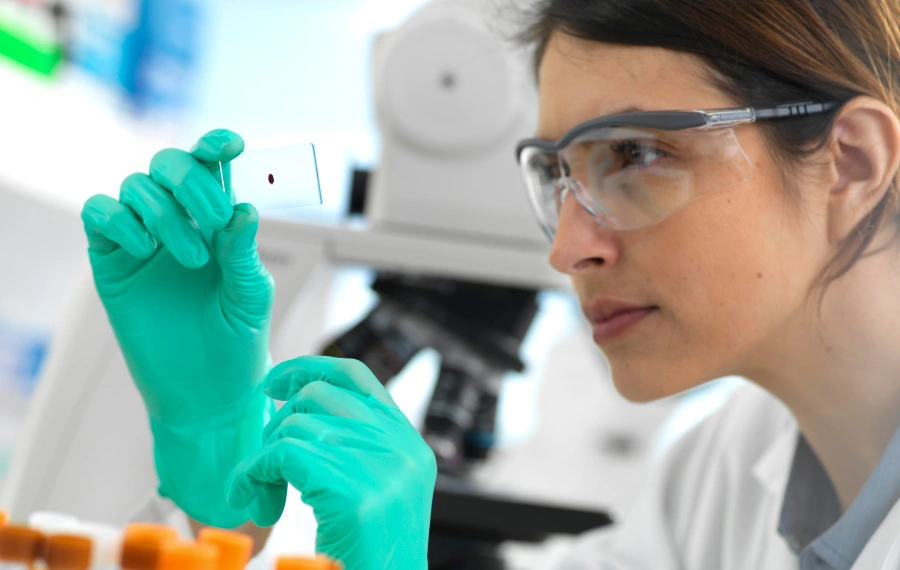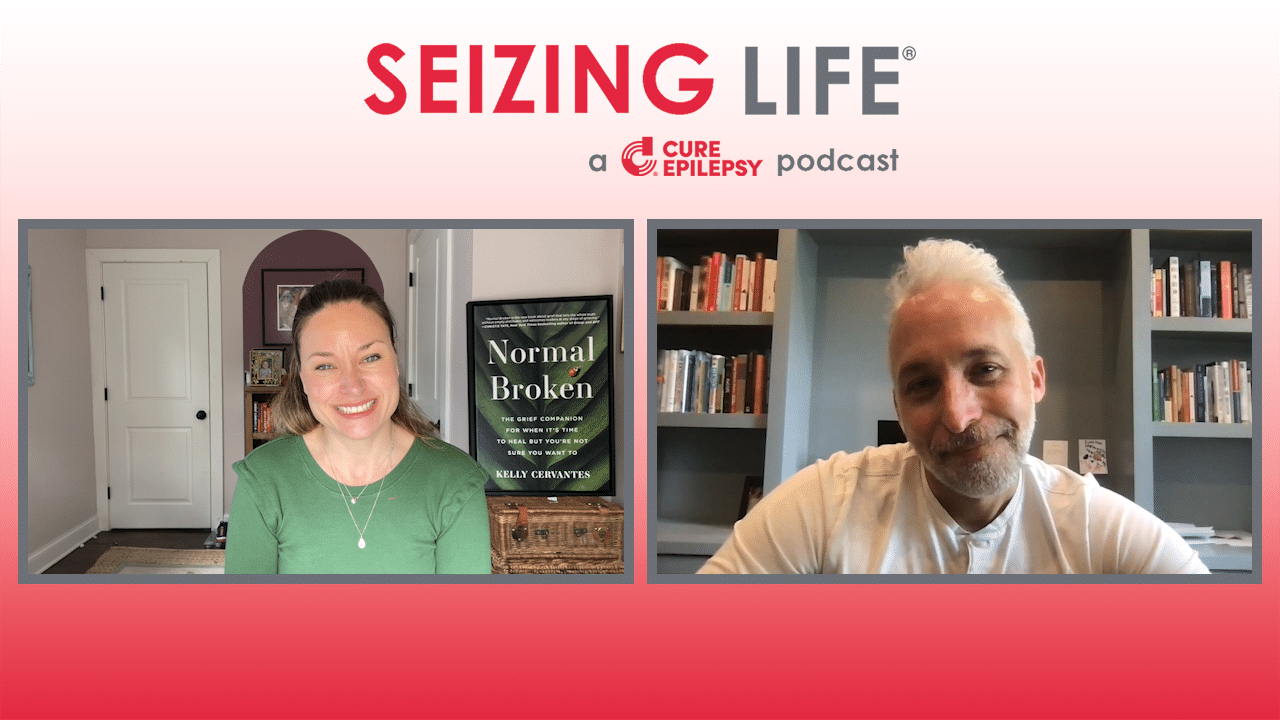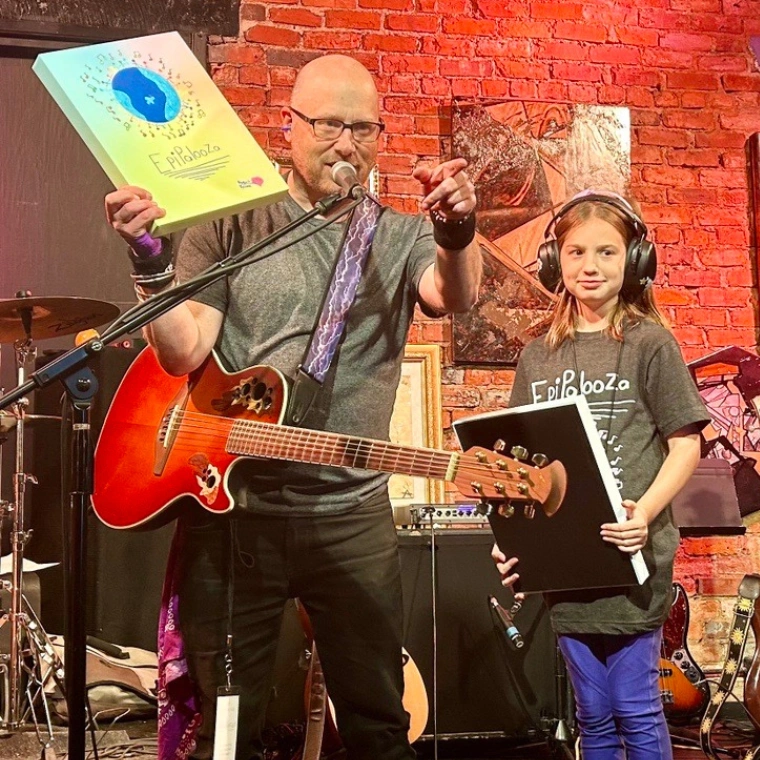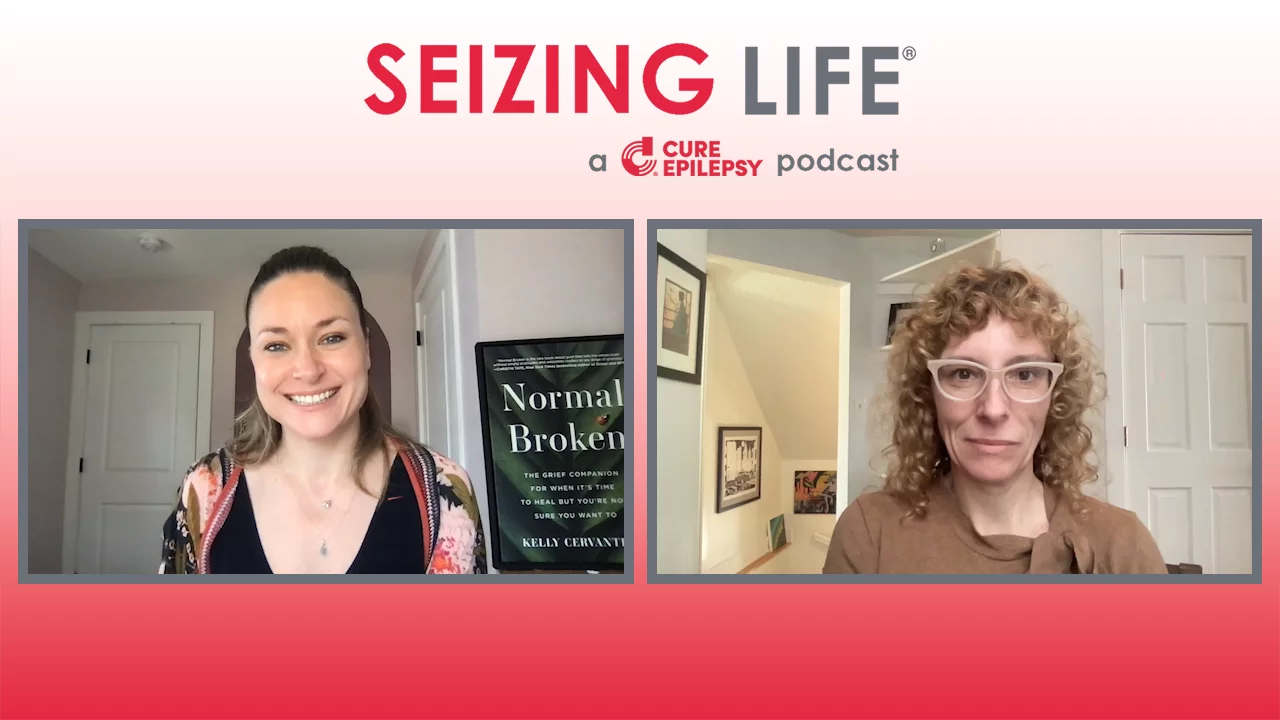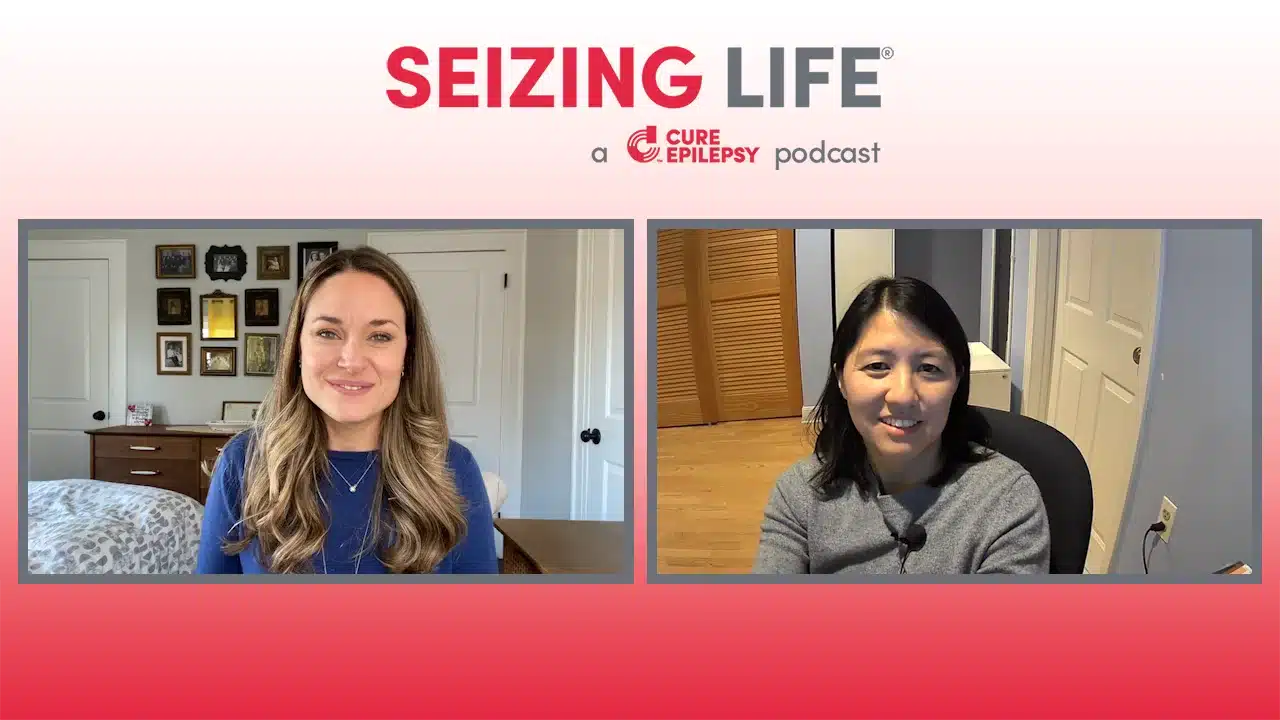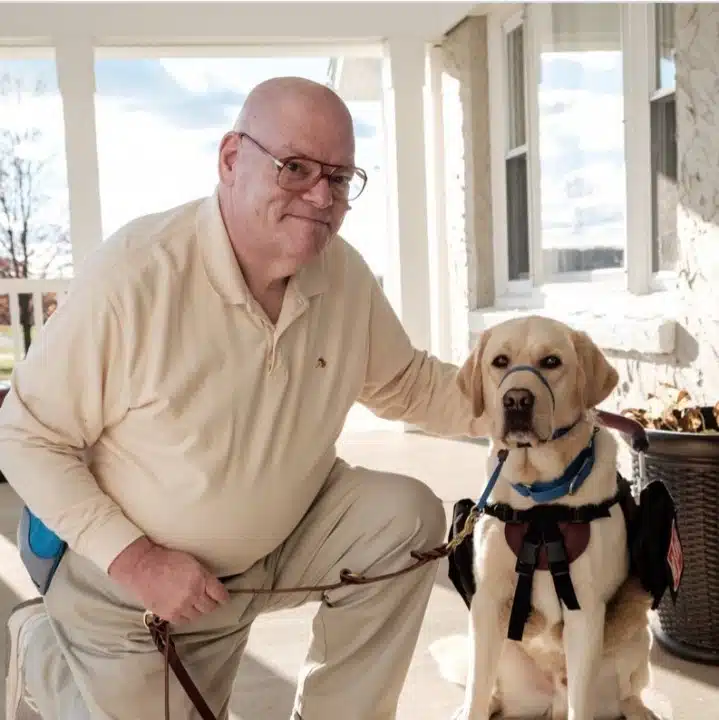Epilepsy at Any Age
Epilepsy and seizures can develop in any person at any age. New cases are most common in children, especially in their early years of life. The incidence of epilepsy lessens after childhood but then increases again in older adults (>60 years of age). There are millions of people living and aging with epilepsy across the world, facing transitions and challenges often specific to their stage of life.
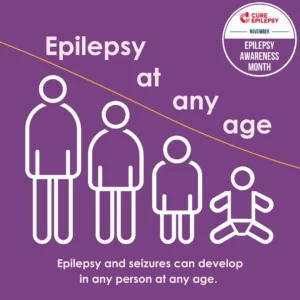
This Epilepsy Awareness Month, we are highlighting educational content about different life stages and epilepsy. Explore the content below and be sure to stay connected with us on social media through the month for additional content!
Age: Pediatrics
Approximately 470,000 children in the US have epilepsy, with an estimated 50,000 new diagnoses each year.
Age: Teen
Some epilepsy syndromes such as juvenile absence epilepsy (JAE) typically occur between the ages of 12 and 18. In addition to the precautions one would take with infants and children, caregivers of adolescents should also be mindful that their teenager is in a great period of change.
Age: Adult
Although new cases are most common in children and the incidence of epilepsy lessens after childhood but then increases again in older adults (>60 years of age), epilepsy can develop in adults. Learn about the different causes of epilepsy.
Age: Older Adults
Epilepsy is the third-most common neurological disorder in people age 65 and older after stroke and dementia, conditions which themselves increase seizure risk. Explore our resources below to learn more.
All gifts up to $50,000 generously matched by our Epilepsy Awareness Month partner, SK Life Science, Inc.
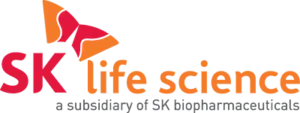
3.4M
Americans live with epilepsy
1/3
of people living with epilepsy are not controlled by medication





